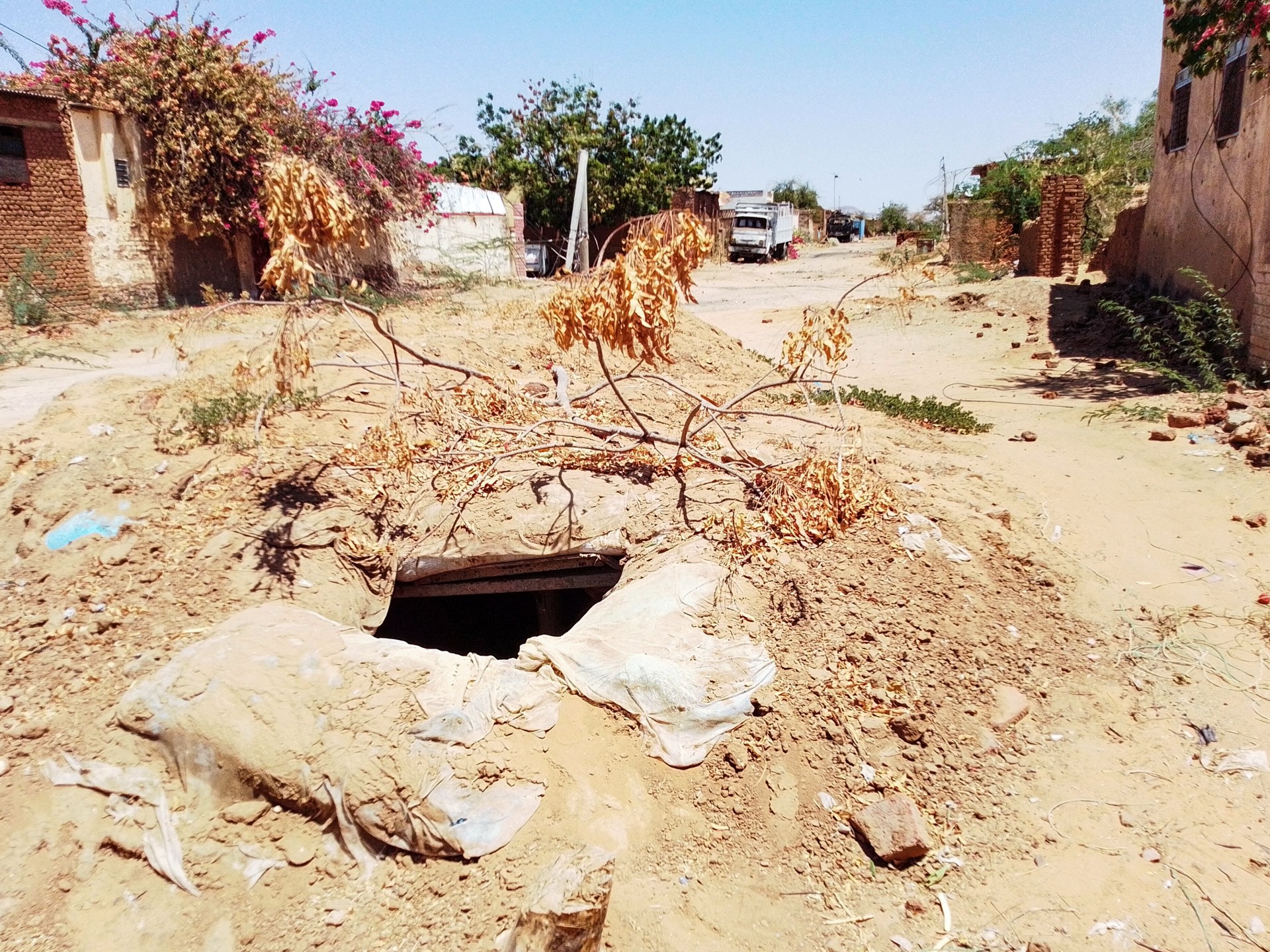Ruth Jones, best known for her roles in Gavin and Stacey and Little Britain, has been open about her weight loss journey and the simple diet change that helped her shed the pounds
Ruth Jones, the beloved actress, comedian and writer famed for her parts in Stella, Little Britain and Gavin and Stacey, has been catching attention with her trimmed-down appearance in recent years. Fans have been keen to discover how she managed such a dramatic change.
The star’s slimming journey started following a holiday treat that sparked a pivotal moment in January 2010. Ruth has previously revealed: “I came back from holiday – January 2010 – and we all overdo it on holiday, don’t we? Something just clicked, I felt this is now or never, I wanted to make a positive change for me and I haven’t looked back.”
During this period, with months of writing Stella lying ahead, Ruth spotted a chance to transform her habits. Instead of following a rigid eating plan, she concentrated on controlling portions, tracking her calorie consumption to establish a shortfall.
This method delivered results: “It’s taken me 22 months to lose 4.5 stone. Although I have done loads of diets in my time I have never done it the old-fashioned way: taking in less calories than I was using.”, she said.
Ruth targeted a daily calorie consumption of between 1,250 to 1,500, beneath the typical 2,000 calories advised for women. Her committed approach delivered substantial weight reduction, witnessing her shrink to a size 12, reports Surrey Live.
“Some days are better than others,” she revealed. “But, if you think about it, there are calorie values on the back of everything – supermarket sandwiches, chocolate bars, everything.”
Ruth adopted a steady approach to shedding pounds rather than resorting to extreme dieting methods. She slimmed down at her own pace, helping to give her a lasting transformation.
She said: “The main thing is that I realised I was going to have to be patient. When diets promise you things like ‘lose a stone in a week’ it’s just not realistic. You have to make a decision that if you’ve got a few stones to lose (seven in my case! ) then it’s going to take time.”
Gavin and Stacey fishing trip scene unveiled as creators finally explain what happened
Gavin and Stacey unaired storyline turned a much-loved character into a huge villain
To drop weight in a healthy manner, Ruth incorporated a calorie deficit approach into her daily routine.
This involves monitoring intake and expending more calories than consumed.
Personal calorie requirements differ depending on elements like body mass, genetics, and exercise levels.






